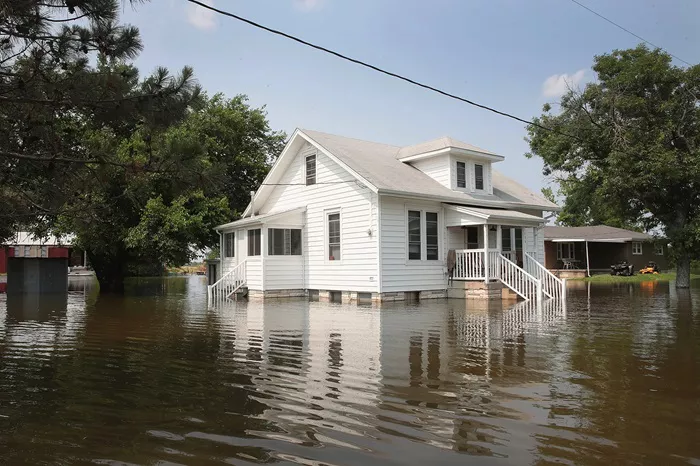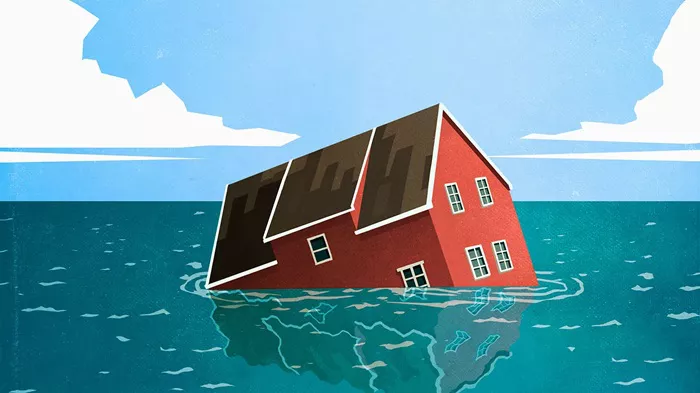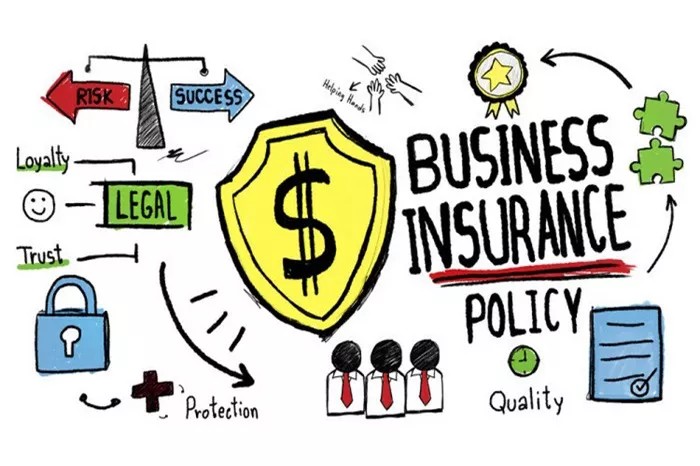Renters insurance is one of the most affordable ways to protect your belongings. It covers things like fire, theft, and some water damage—but many renters don’t know whether it includes damage from a flood. That confusion often shows up when a big storm rolls in or a pipe bursts in the building.
So, here’s the question: Does renters insurance cover flood damage?
Let’s explore this in plain language. This article will explain what’s covered, what’s not, and how you can protect yourself from flood risks as a renter. If you’re looking for peace of mind, this guide will help you understand what you’re really paying for.
What Is Renters Insurance?
Renters insurance is a policy that protects your personal belongings when you’re renting a home or apartment. If a fire destroys your clothes, or if someone breaks in and steals your laptop, your renters insurance helps pay to replace those items. It can also help if someone gets hurt in your rental and sues you.
It usually includes three main parts:
Personal property coverage – Protects your stuff from things like fire, theft, vandalism, and some types of water damage.
Liability coverage – Helps if someone is injured in your rental or if you accidentally cause damage to others.
Loss of use coverage – Pays for hotel stays or meals if your rental becomes unlivable after a covered event.
But what about floods?
What Does Renters Insurance Cover?
Before we talk about floods, it helps to understand what renters insurance typically covers:
Fire and smoke
Theft and vandalism
Lightning
Explosions
Windstorms and hail
Water damage from burst pipes or overflowing sinks
Falling objects
Damage from the weight of snow or ice
So yes, some water-related damage is covered. But flooding caused by heavy rain, hurricanes, or rising rivers? That’s a different story.
What Renters Insurance Doesn’t Cover
Most renters insurance policies do not cover flood damage. That means if your apartment gets flooded because of:
A storm surge
Flash flooding from rain
A nearby river or creek overflowing
A hurricane or tropical storm
…you’re out of luck unless you have separate flood insurance.
This is because insurance companies treat floods as a special risk. They consider it too big of a threat to include in a standard policy.
The good news? You can buy flood insurance separately, even as a renter.
What Is Flood Insurance for Renters?
Flood insurance for renters is called a contents-only flood policy. It doesn’t cover the building (that’s your landlord’s job). Instead, it protects your personal belongings—furniture, clothes, electronics, and more—from flood damage.
You can get it through the National Flood Insurance Program (NFIP) or from private flood insurance companies.
Here’s how it works:
You pay a premium (monthly or yearly)
If a flood damages your things, the policy pays to replace them
You file a claim, show proof of loss, and receive payment based on your coverage limits
Most renters policies don’t cost a lot, especially if you’re not in a high-risk flood zone.
Real-Life Examples
To make things clearer, let’s look at a few examples:
Example 1: Heavy Rain Causes Flooding
You live in a basement apartment. A big storm causes the nearby creek to overflow, and water rushes into your unit. Your TV, mattress, and clothes are soaked.
Renters insurance will not cover this.
Flood insurance would pay for your damaged items.
Example 2: Burst Pipe Floods the Apartment
A pipe bursts in the wall and floods your bedroom. Your rug and dresser are damaged.
Renters insurance will usually cover this because it’s a sudden and accidental event.
Flood insurance is not needed here.
Example 3: Hurricane Causes Storm Surge
You live near the coast. A hurricane pushes ocean water into the first floor of your building. Your belongings are destroyed.
Renters insurance will not cover it.
Flood insurance is needed to replace your things.
What Flood Insurance Covers for Renters
Flood insurance for renters usually includes:
Furniture (sofas, beds, tables)
Electronics (TVs, laptops, speakers)
Clothes and shoes
Kitchenware and home goods
Rugs and curtains
Some appliances (if you own them)
There are limits, usually up to $100,000 for personal property. Be sure to ask your agent about specific items—some things, like cash or jewelry, might have lower limits.
What It Doesn’t Cover
Even with flood insurance, there are a few things it doesn’t pay for:
Damage to the building or walls (that’s your landlord’s responsibility)
Cars (you need auto insurance for that)
Temporary housing (unless added as an extra)
Damage from sewer backup (unless you add special coverage)
Always read the policy carefully. Each company may have slightly different rules.
How Much Does Flood Insurance Cost for Renters?
The cost of flood insurance depends on where you live, how much coverage you need, and your flood zone.
On average, renters flood insurance through the NFIP can cost around $100 to $300 per year. That’s less than $30 a month for peace of mind.
Private insurance might be more flexible, but it can also be more expensive, especially in high-risk areas.
How to Buy Flood Insurance as a Renter
Here are some simple steps:
Check your flood risk. Visit FloodSmart.gov to find out your flood zone.
Talk to your current insurance provider. Many companies that offer renters insurance can also help you get flood insurance.
Compare options. Ask for quotes from both NFIP-backed and private insurers.
Review your belongings. Make a list of everything you want covered and estimate their value.
Buy your policy. Remember, most flood insurance has a 30-day waiting period before it takes effect—don’t wait until the last minute.
Should You Get Flood Insurance as a Renter?
Here are a few things to consider:
Do you live in a basement, ground floor, or near water? You’re more likely to need it.
Is your area prone to hurricanes or flash floods? Consider adding coverage.
Can you afford to replace everything you own out of pocket? If not, flood insurance is worth it.
Even in low-risk areas, floods can happen. According to FEMA, more than 20% of flood claims come from areas considered low to moderate risk.
Tips to Protect Your Belongings
Besides getting flood insurance, here are some simple ways to protect your things:
Keep electronics off the floor.
Store important documents in waterproof containers.
Make an inventory of your belongings with photos and receipts.
Ask your landlord if they’ve taken flood prevention steps for the building.
Being prepared can save you time, money, and stress.
Conclusion
Renters insurance is a smart, affordable way to protect your things. But when it comes to flooding, most policies come up short. If your home floods because of weather or rising water, your regular renters insurance won’t cover your stuff.
To truly protect yourself, you may need a separate flood insurance policy. It’s not expensive, and it could save you thousands of dollars after a flood.
If you’re unsure what your current renters insurance covers, ask your insurance company. And if you’re in doubt, it’s better to be safe than sorry.
Floods happen fast. But with the right coverage, you can recover just as quickly.
Related topic:
What is the Best Home Insurance Rates In Texas





















